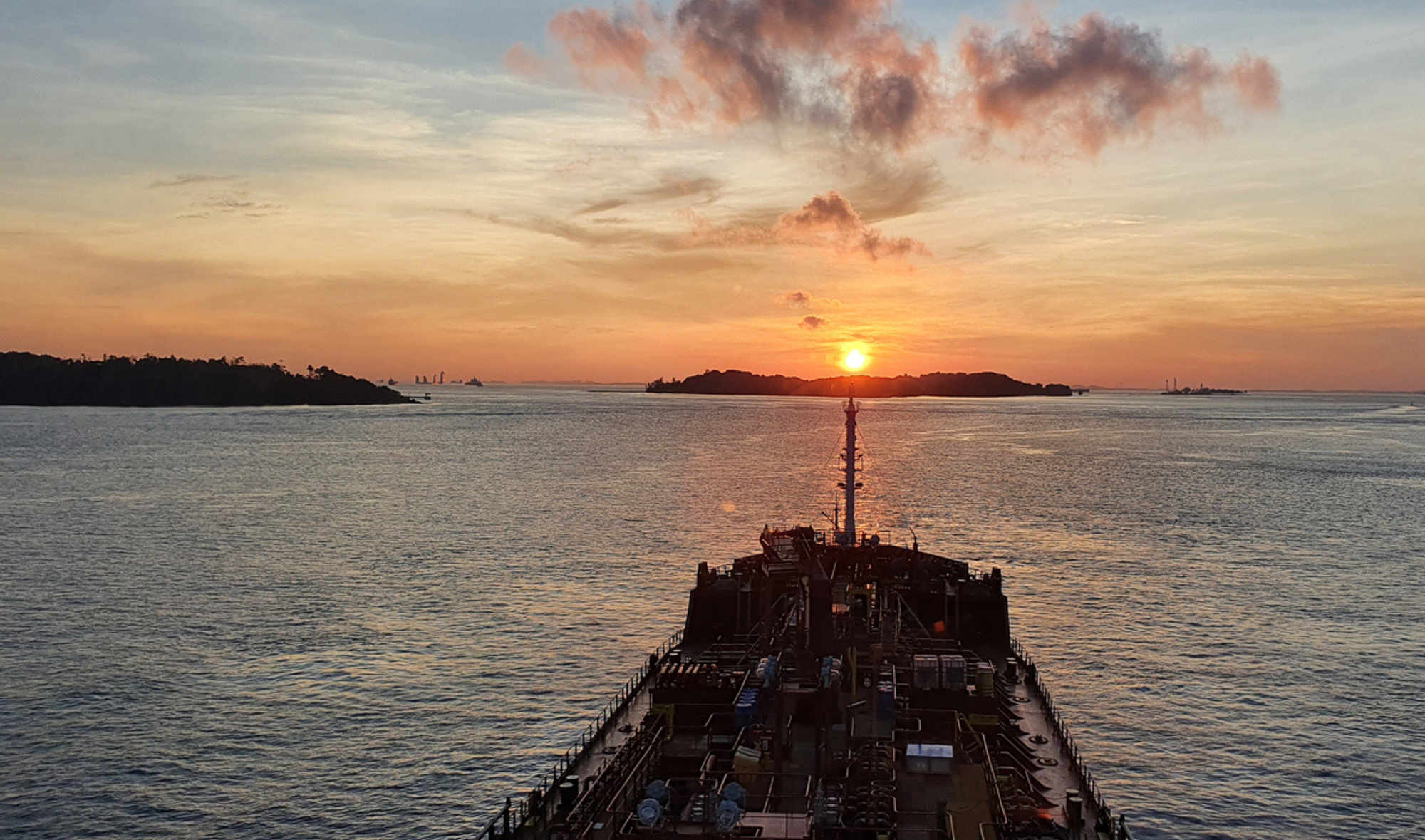Molslinjen has ordered two electric-powered catamaran fast ferries from Incat in Australia. The shipping company is negotiating with several shipyards for the delivery of a third electric-powered fast ferry. The new ferries are expected to be delivered during 2027 and 2028.
“For many years, Molslinjen has been critical infrastructure and created cohesion with a floating bridge between Jutland and Zealand. Now we are ensuring that this floating bridge becomes far greener while also setting a milestone in the green transition for both ferry operations and Denmark,” says Carsten Jensen, CEO of Nordic Ferry Infrastructure, which owns Molslinjen and the Norwegian shipping company, Torghatten.
The three ferries will be 129 meters long, 30.5 meters wide, and will have space for 1,483 passengers and 500 cars. This is 11 percent larger than Bornholmslinjen’s Express 5, which, measured by the number of cars, is considered the world’s largest catamaran. This also means that the total capacity for cars and passengers in the Kattegat will increase by more than 25 percent.
Each of the three ferries will be equipped with battery packs, which at 45,000 kWh can power the ferries at speeds of up to +40 knots.
“This is a massive project, which, in addition to the three ferries, involves extensive construction of onshore infrastructure as well as systems for storing electricity for the new ferries,” says Kristian Durhuus, CEO of Molslinjen.
The construction of the three ferries, along with the associated onshore infrastructure, will cost around 3.5 billion kroner.
Molslinjen has applied for the state’s green support fund.
“We now have two and a half years to prepare for fully electric operations in the Kattegat. This is an incredible milestone for our company. We are one of the country’s five largest emitters of CO₂, and with support from the fund, it gives us and the government the opportunity to remove 132,000 tons of CO₂ annually from Denmark’s climate impact in one stroke,” says Kristian Durhuus.
The ferries will be able to charge in the ports of both Aarhus and Sjællands Odde. When one of the new catamarans is plugged in, the ferry will charge with 15 kV AC, 55,000 kW for 30 minutes. This corresponds to an average of 25,000 kWh of energy received before the next trip.
-mauh





